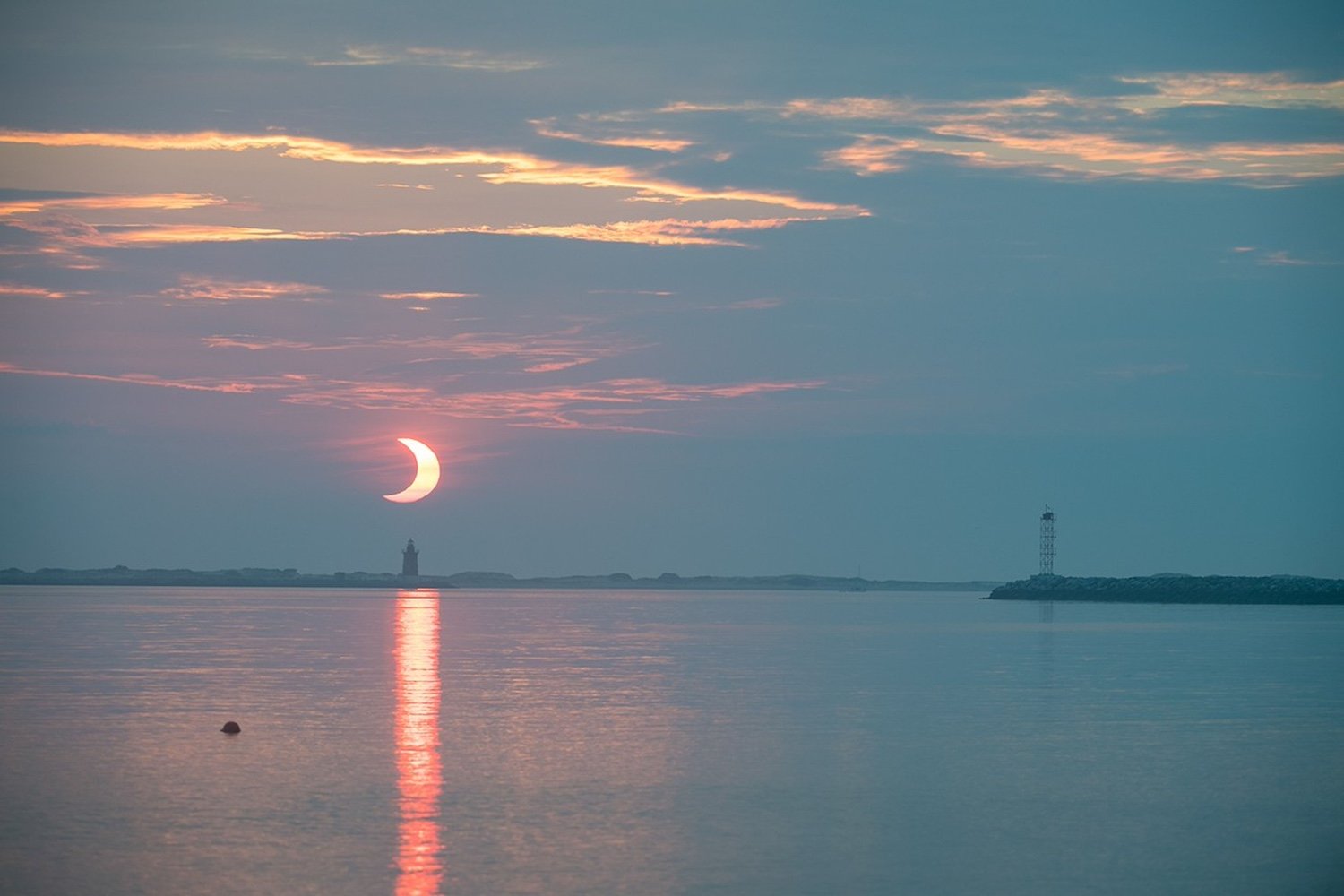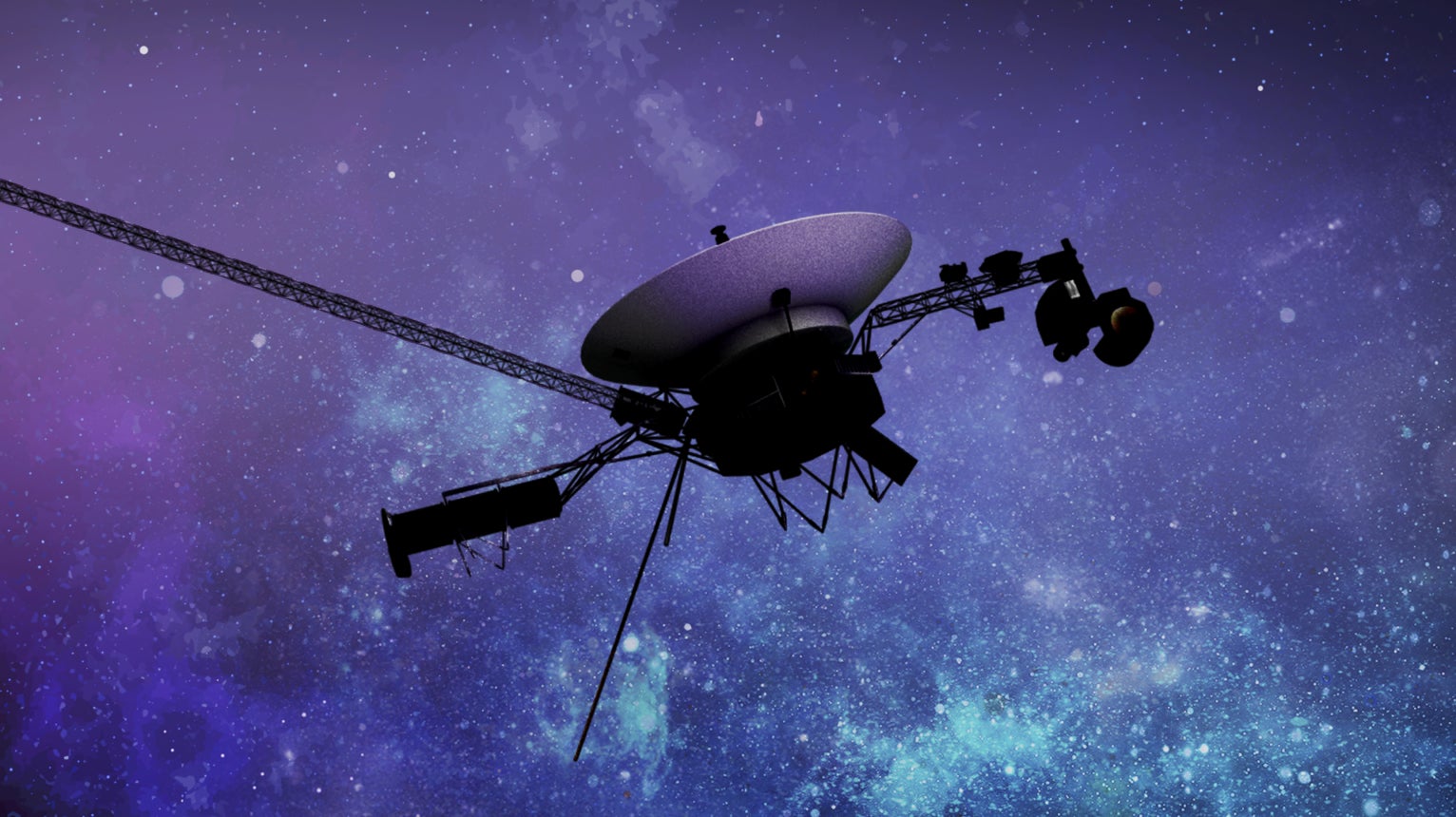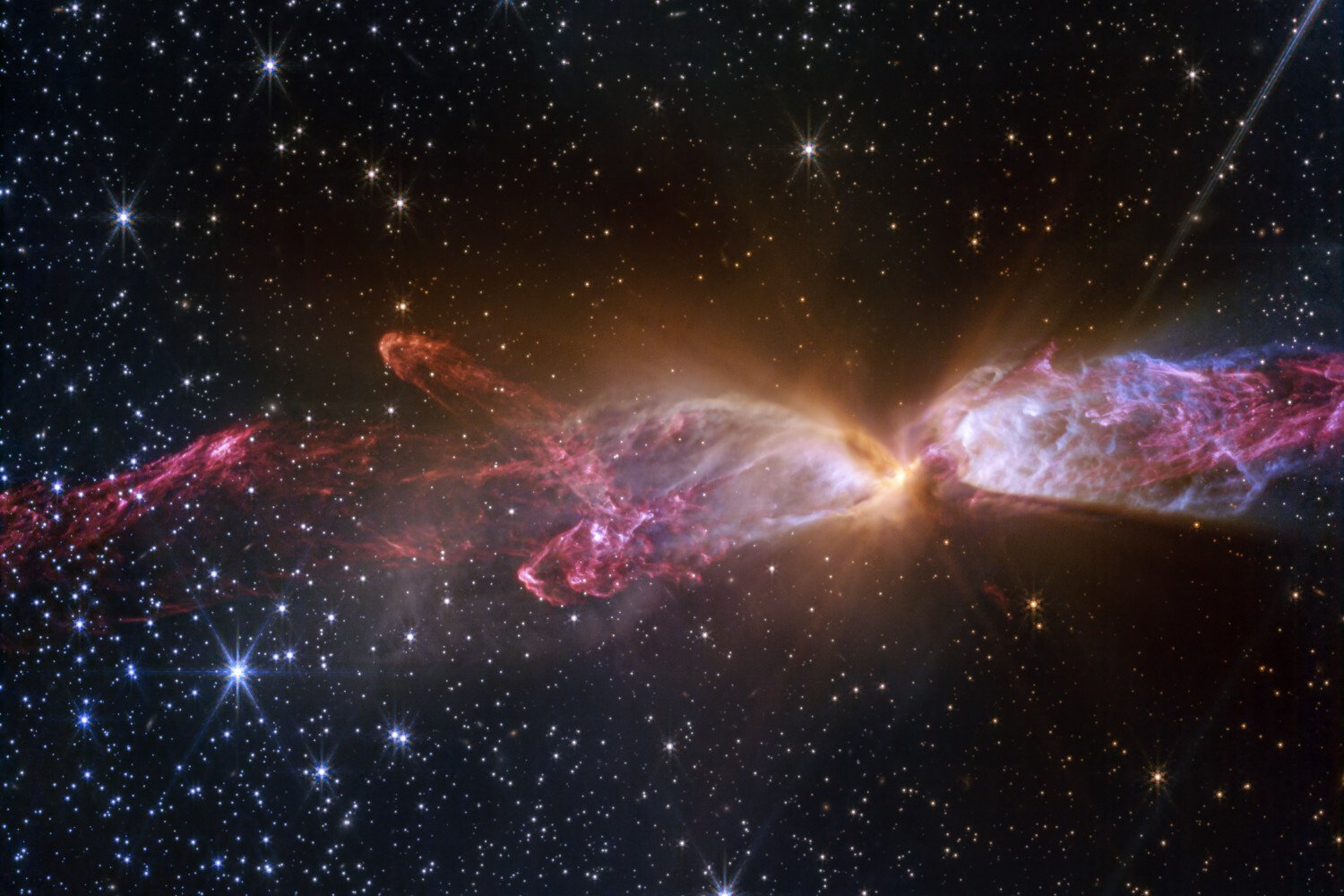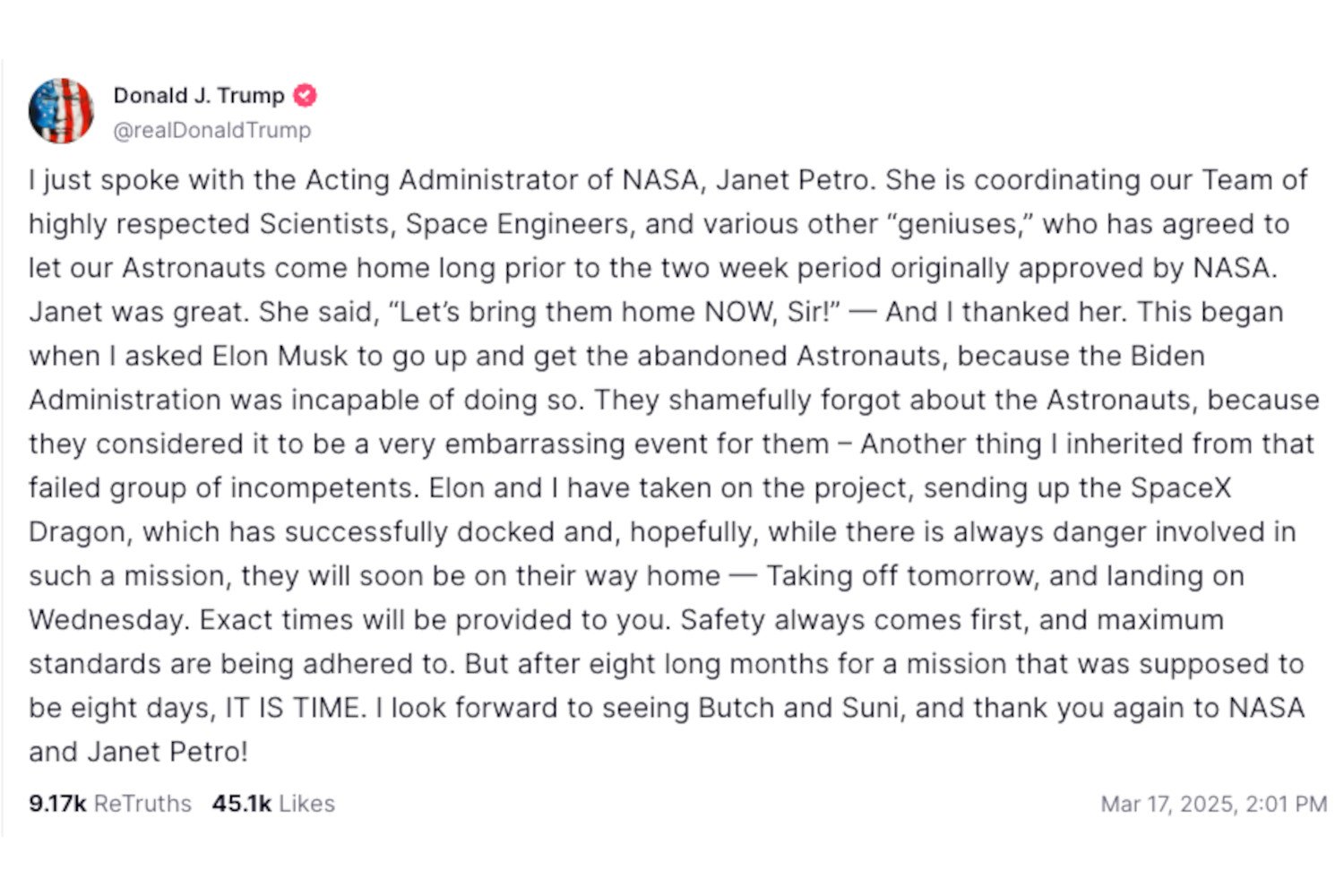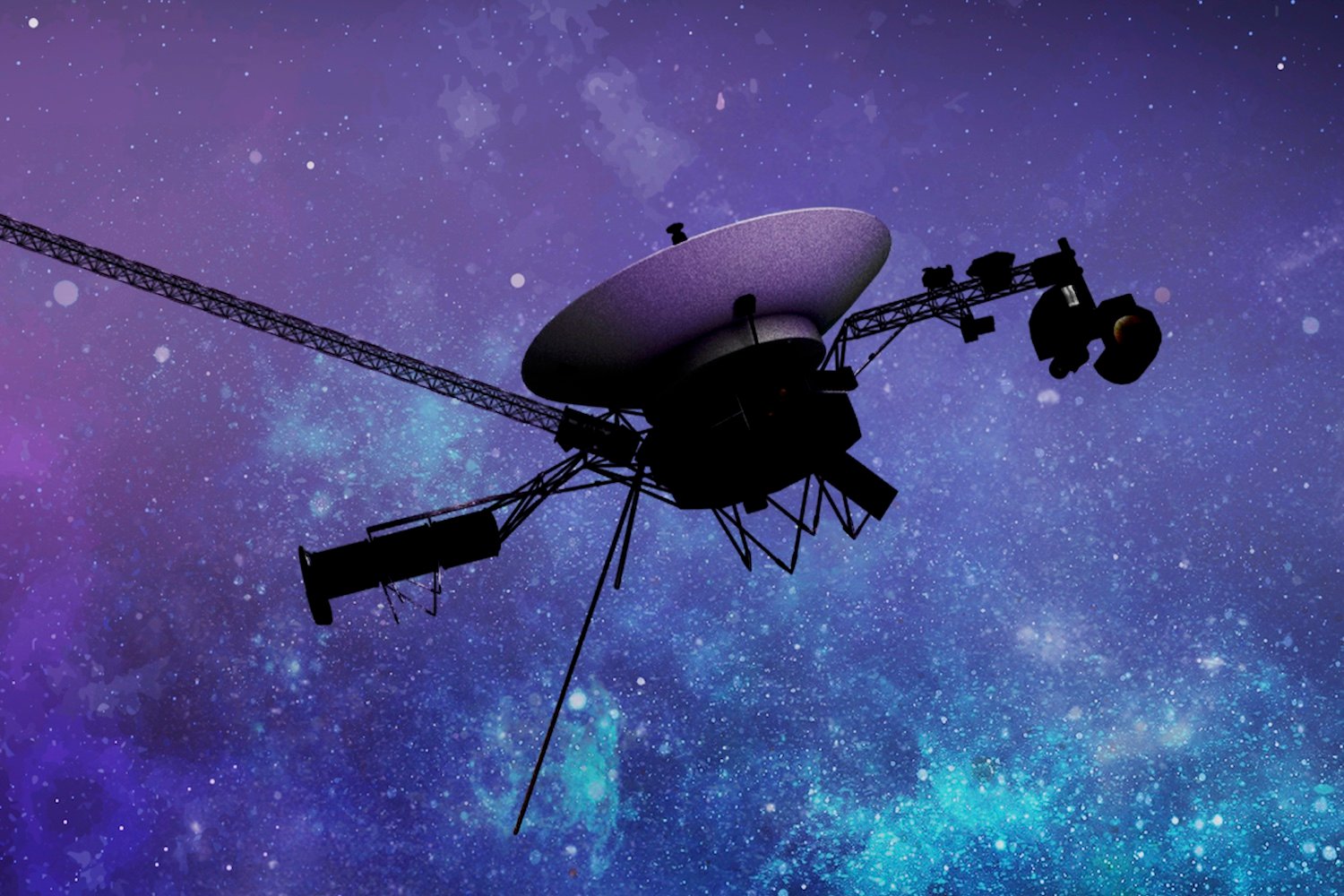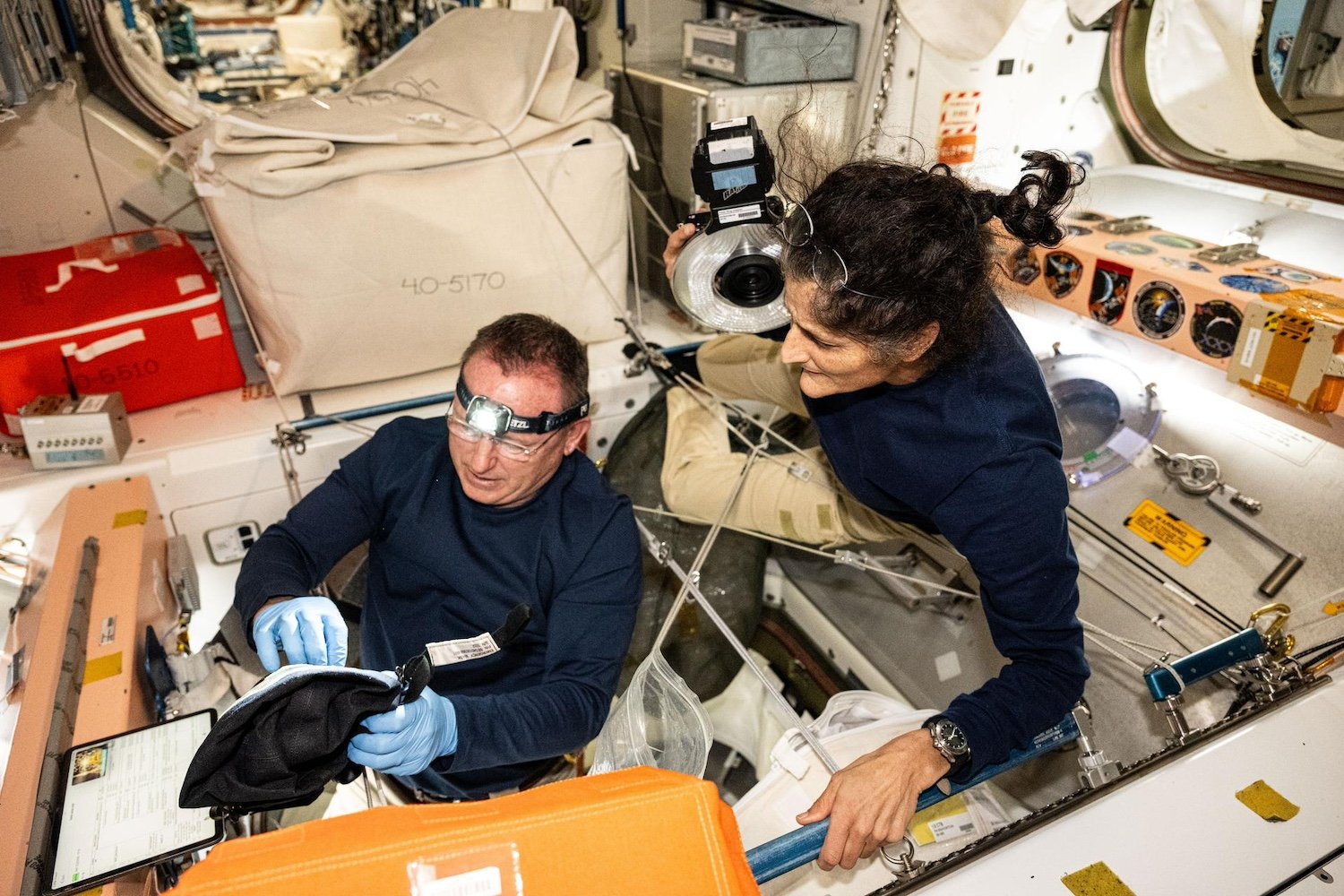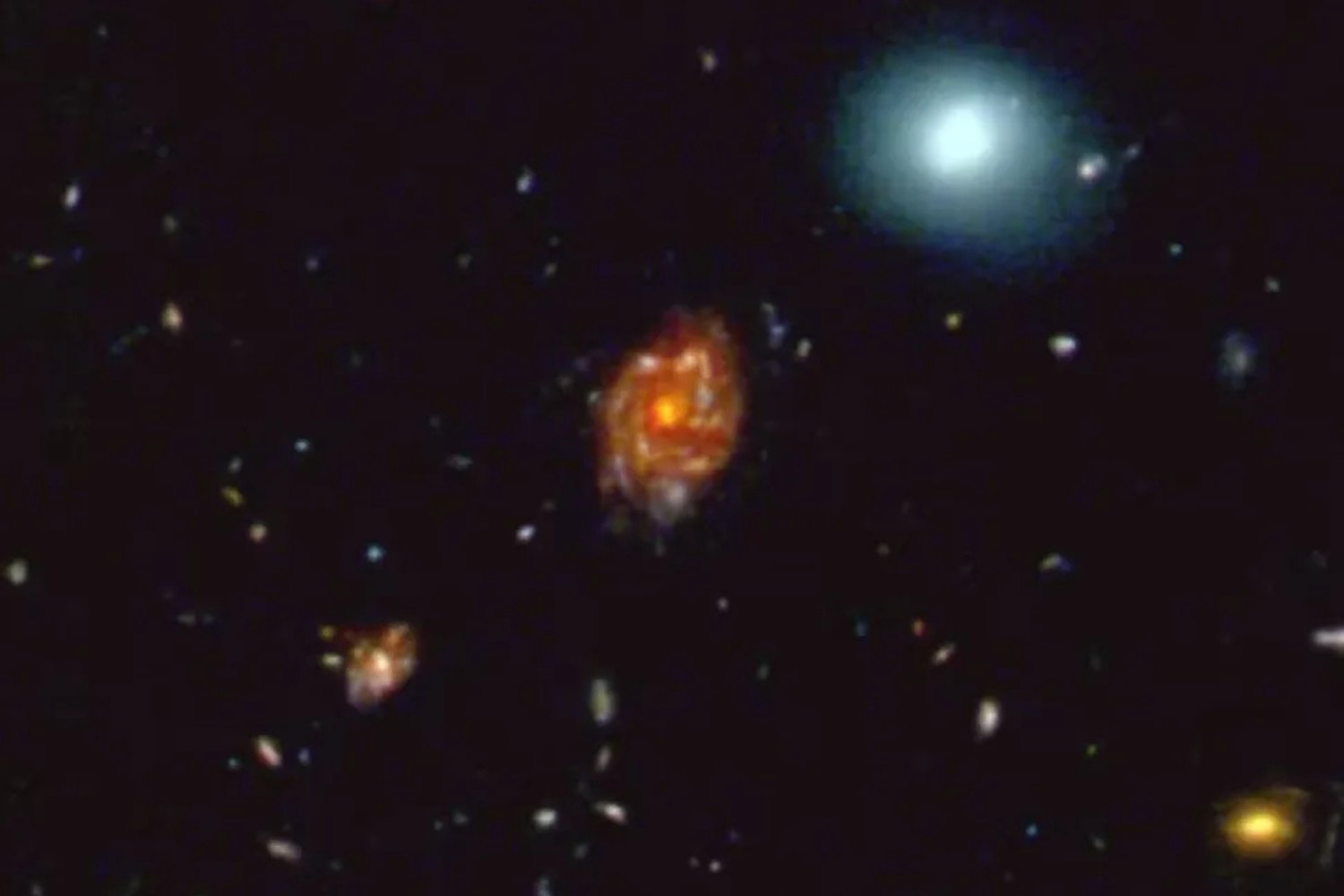A partial solar eclipse will be visible across North America, Europe, and parts of Africa and Asia on Saturday, March 29, 2025. While not a total eclipse like the one anticipated on April 8, 2024, this celestial event promises a unique view of a crescent-shaped sun.
Unlike a total solar eclipse where the Moon completely obscures the Sun, a partial eclipse occurs when the Moon passes in front of the Sun but its central shadow (umbra) misses Earth. This happens because the Sun, Moon, and Earth aren’t perfectly aligned. Instead, the Moon’s outer shadow (penumbra) falls on Earth, partially blocking the Sun.
When and Where to See the Partial Solar Eclipse
The partial eclipse begins at 4:50 a.m. ET on March 29, peaking at 6:47 a.m. ET. However, viewing times vary by location. In North America, the eclipse will begin before sunrise in many areas.
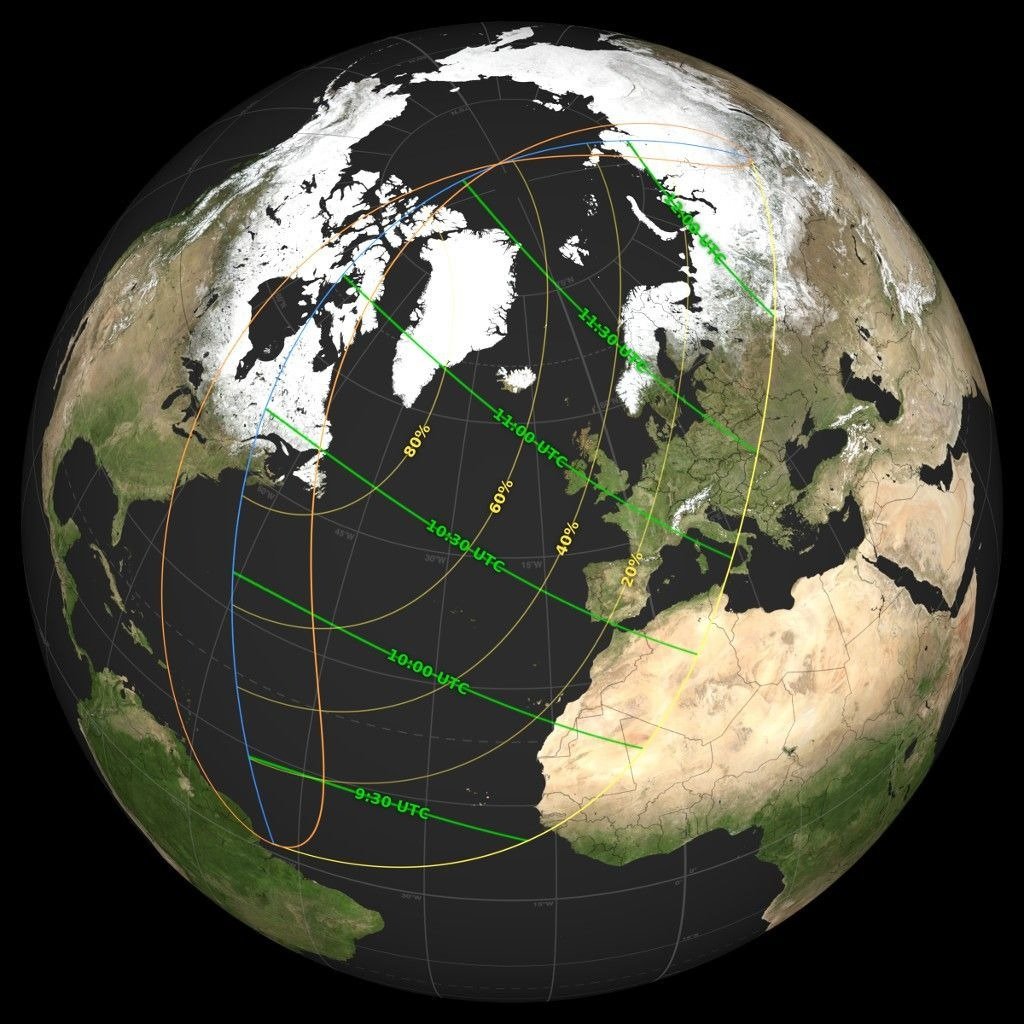 Eclipse Map 20250329
Eclipse Map 20250329
Observers in southeastern Quebec, southwest New Brunswick, and northern Maine may witness “solar horns” as the eclipsed sun rises, creating an upward-pointing crescent resembling devil horns.
Across western Europe and northwestern Africa, the eclipse commences mid- to late-morning. Eastern Europe and northern Asia will experience the event primarily in the afternoon or early evening. The Moon’s shadow travels west to east, mirroring its orbital direction, though at twice the speed of Earth’s rotation.
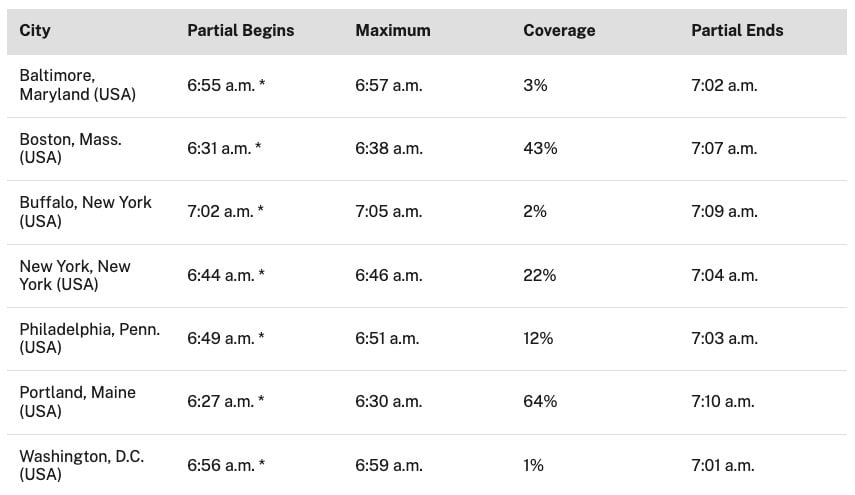 Partial eclipse time chart, March 29, 2025
Partial eclipse time chart, March 29, 2025
The partial eclipse concludes at 8:43 a.m. ET for the last location in its path. Refer to online resources for specific timings in your area.
Safe Viewing Practices for the Partial Solar Eclipse
Protecting your eyes during a partial solar eclipse is crucial. Never look directly at the Sun without certified eclipse glasses or solar viewing glasses. These specialized glasses are designed to filter out harmful solar radiation.
Do not use regular sunglasses or homemade filters. When using optical devices like cameras, telescopes, or binoculars, attach a certified solar filter to the front of the device. Never look at the Sun through these devices while wearing eclipse glasses.
Future Solar Eclipse Events
Mark your calendars for the next major solar event: a total solar eclipse on August 12, 2026. This eclipse will be visible across Greenland, Iceland, Spain, Russia, and a small section of Portugal. A partial eclipse will be observable in wider regions of Europe, Africa, North America, and surrounding oceans.



